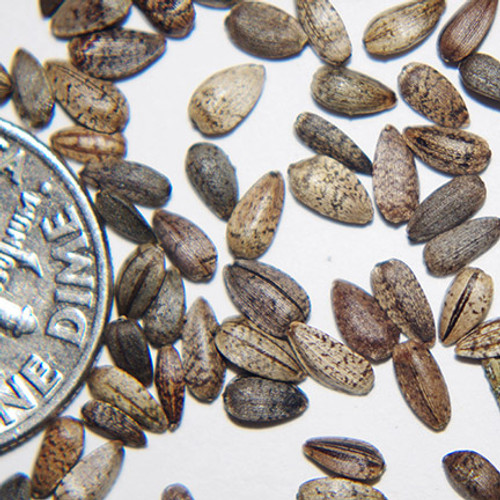Indian Blanketflower is an annual forb that produces coralla red to reddish purple ray petals with a touch of yellow on the tips, during May-Sept. It is the state wildflower of Okalhoma and grows in rock, gravelly, or sandy soil types. Also know as firewheel or indian blanket, grows 1-2 feet tall. The hairy stem is usually much-branched and becomes woody at the base late in the season. The well-known flower heads are 1-2 in. across with a red center and a yellow outer band. Occasionally the three-cleft rays are solid orange or yellow. The disk flowers in the center are brownish red.
Frequent along roadsides in the Southwest, these wildflowers stand like hundreds of showy Fourth of July pinwheels at the top of slender stalks. Varieties are popular in cultivation, for they tolerate heat and dryness. Among several species in the Southwest, some flowers are entirely yellow.
Uses
Landscape: Wildflower meadow, Color, Long-blooming, Easily grown, Pocket prairie
Medicinal: Tea of root for gastroenteritis, chewed powdered root applied to skin disorders. Sore nipples of nursing mothers bathed in tea made from the plant, also used for sore eyes. Kiowa considered it good luck.
Attracts butterflies
Establishment
Plant in the fall and rake the seed into loose topsoil to ensure good seed/soil contact. With moisture from rain or watering, indian blanket will germinate in 1 – 2 weeks and establish a healthy taproot system before the winter frost. If sowing seed indoors in late winter, allow 8 weeks for well-rooted seedling before transplanting at start of frost-free period.
Maintenance
One of the easiest wildflowers to establish. Although Indian blanket will grow in a variety of soil types, for best results, choose an open to lightly shaded site having loose, well-drained soil. indian blanket frequently exhibits blanket-like density, which combines with the blending of bright reds and yellows to form a striking tapestry of color.
Plant description via Kansas Wildflowers and Weeds & Wildflower.org










